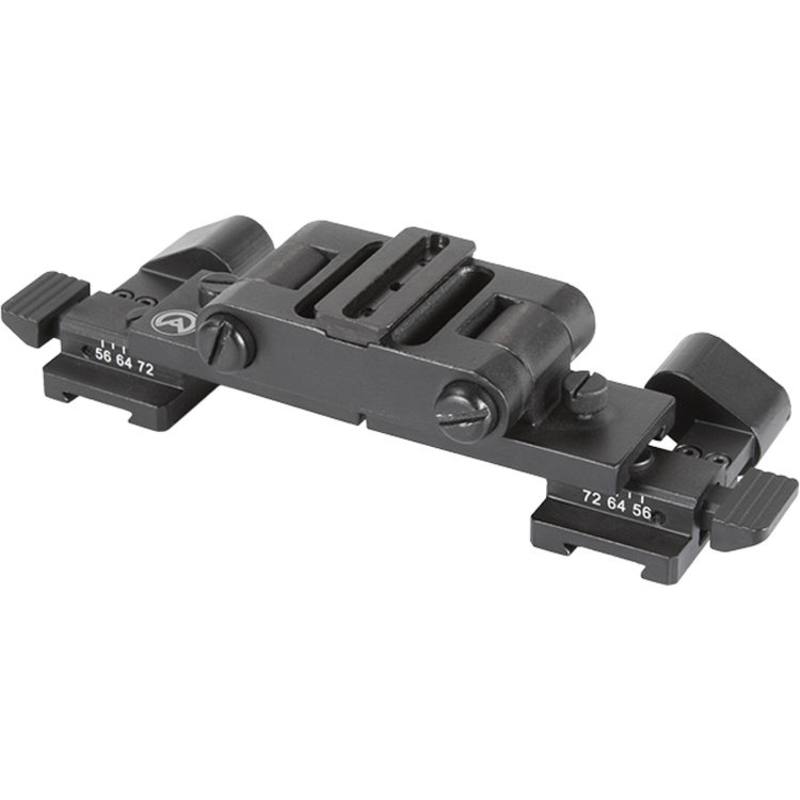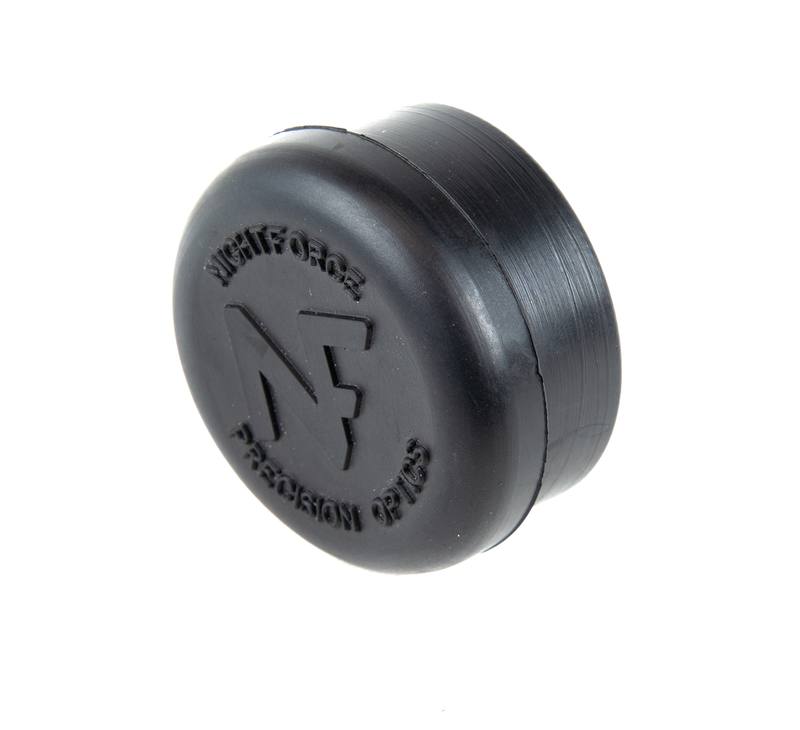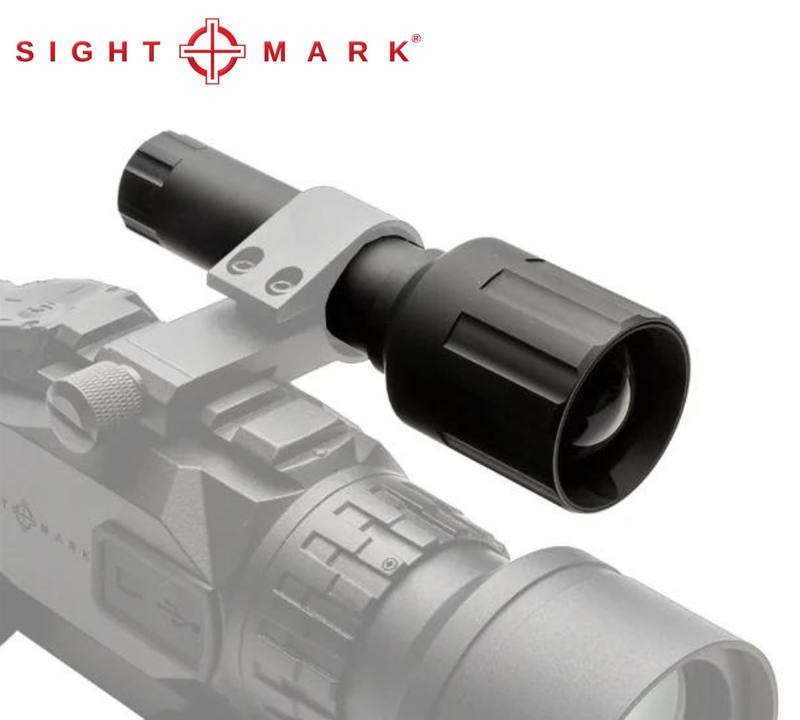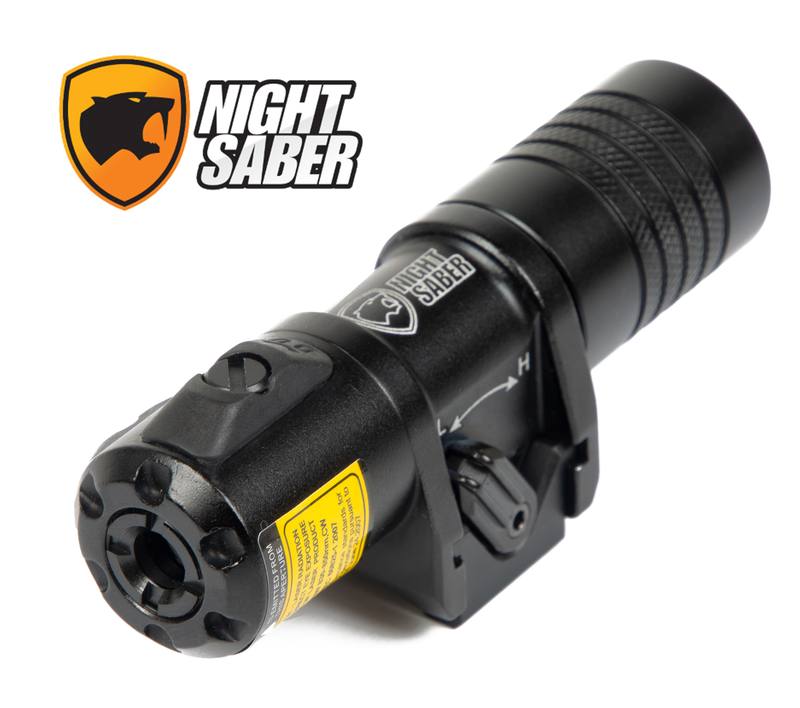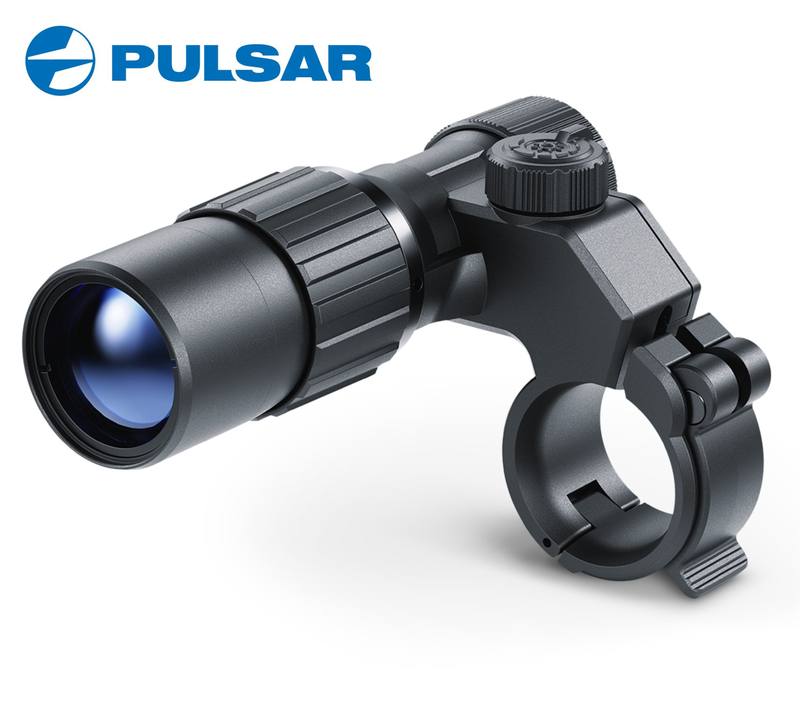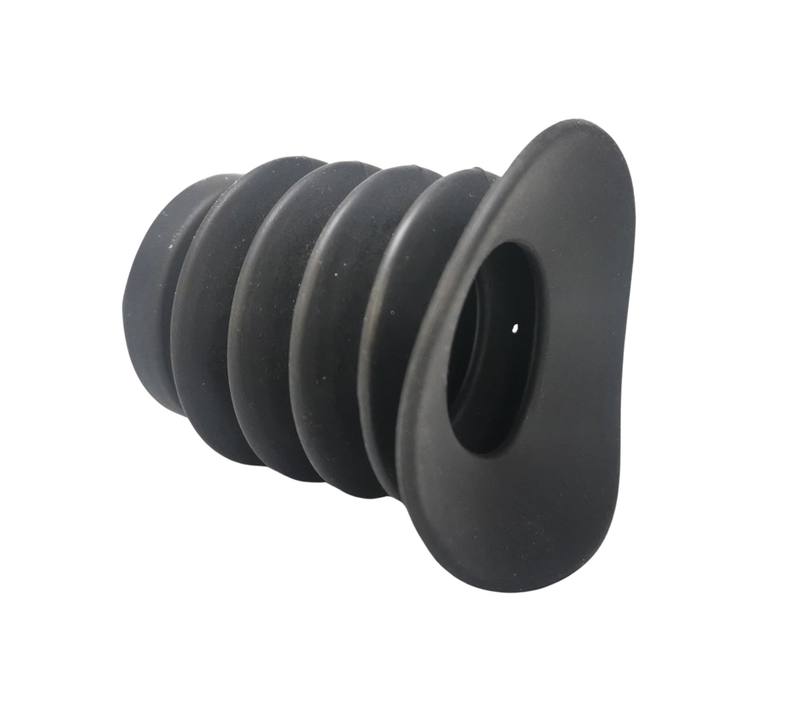Elevate your hunting journey in New Zealand with advanced night vision optic accessories. Whether you're a novice or a seasoned hunter, our range includes user-friendly accessories for riflescopes, binoculars and monocular cameras. Explore Gun City's range and enhance your hunting experiences.
Visit our stores nationwide and allow our expert team to guide you through our night vision range. We can personally demonstrate various night vision devices to suit your hunting needs, ensuring you discover the best night vision unit for your next hunt. Prefer browsing online? Browse our extensive listings, accompanied by informative videos providing in-depth insights into our product range. Explore brands like Armasight, InfiRay, Bushnell, Night Saber and Night Force at Gun City NZ.
We also supply Night Vision Optics and Night Vision. Come in-store or view online and look through our massive range of night vision in New Zealand!
